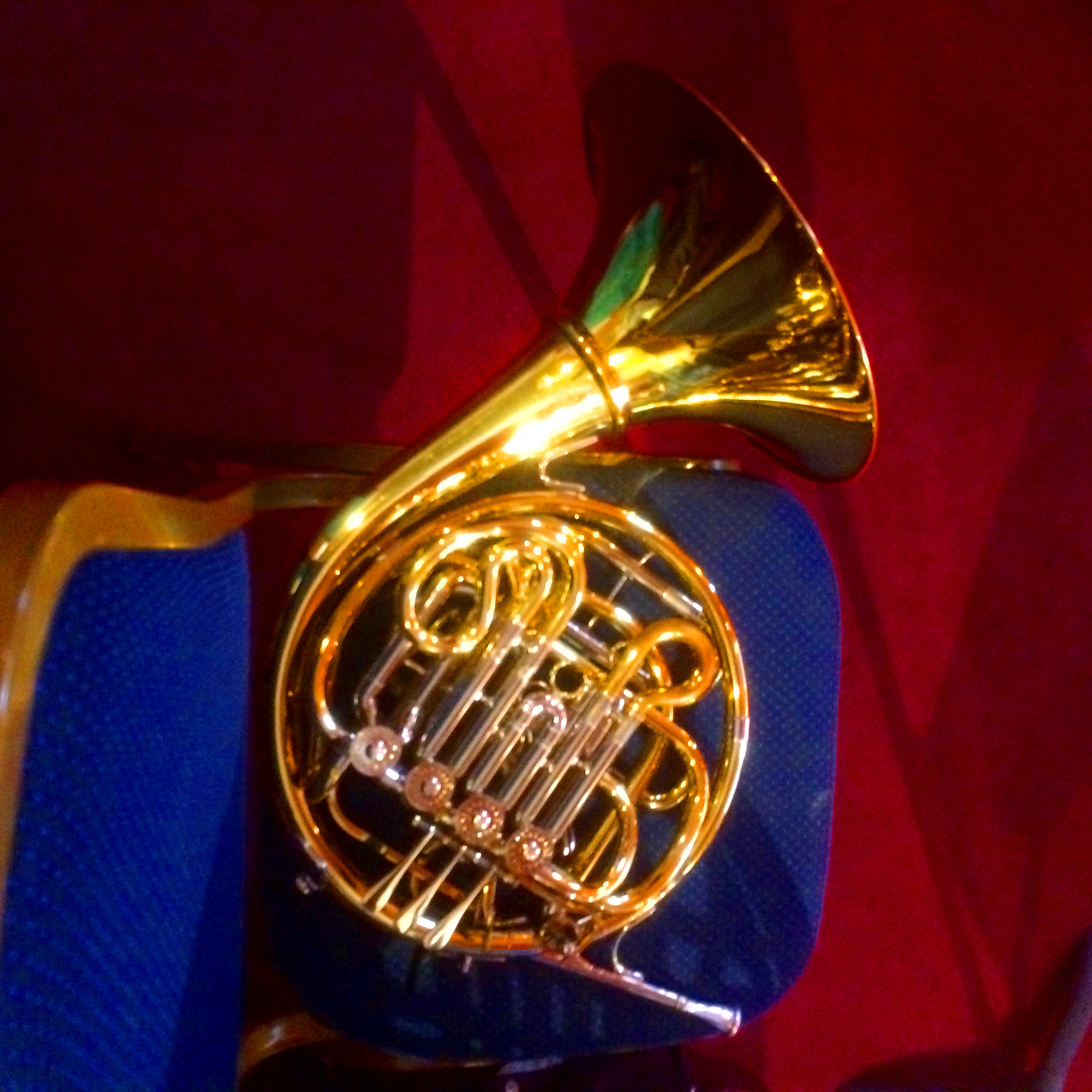Like all brass instruments, there are a few different types of French horn mutes available. The most common is the straight mute, but two others have developed over time: the stopping mute and the practice mute. In this article, we will take a look at each of the three types of horn mutes and discuss their purposes.
French Horn Straight Mute
The most common and important mute in the horn player’s arsenal is the straight mute. There is certainly a wide range of straight mutes available to purchase, but the most affordable and basic is the Humes & Berg straight mute. Trumcor is another popular brand, as well as Dennis Wick, but these cost significantly more. Humes and Berg also make a tunable straight mute, but the 121 model will get the job done.
You will come across French horn music that calls for a mute, in both solo and ensemble repertoire, which will be referring to this type of mute. The alternative to a straight mute would be hand muting, but that requires very precise right-hand placement in the bell as well as transposition. If you use a straight mute for such passages, no transposition is necessary.
French Horn Stop Mute
Another symbol you will see occasionally above notes is a “+” sign, which means “stopped horn.” This technique involves completely blocking the sound coming out of the bell with your hand. Since your right hand normally rests inside the horn bell, you can quickly adjust it to stop the sound. The goal is to seal the opening as tight as possible to create a very brassy, muted sound.
The challenges with stop, however, are keeping your hand in the same exact position, using greater air support, and transposing. Because stopping the sound shortens the overall length of the instrument, the pitch is raised by a half-step. As a result, playing stopped horn requires you to transpose down a half step. Blocking the air also creates a lot more pressure against your embouchure, so more air is required just to be heard at a normal volume. The increased pressure calls for more precision with note accuracy, which can easily be thrown off by a slight movement of your right hand, not to mention that stopped horn is harder to tune.
Don't panic! This is where French horn stop mutes come in. They are inserted into the bell, just like a straight mute, but they block the sound more. French horn stop mutes look different from straight mutes with their short stems and are a rather new development in French horn accessories. Humes & Berg make the most affordable option, and many French horn players vouch for the reliability of stop mutes. Although you still need to transpose with most stop mutes, they do provide greater stability for pitch accuracy and intonation, and you never have to worry about your right hand slipping out of place. The Best Brass Gestopft mute provides all the same benefits plus it does not raise the French horn’s pitch. This beautiful mute is spendy, but it's one of the best money can buy. The best part about this mute is that you need not transpose!
French Horn Practice Mute
French horn practice mutes, like all brass practice mutes, are also a new technology. In truth, any player could just use a straight mute to practice quietly, but there is a noticeable amount of extra pressure in the mouthpiece. Companies have released lines of practice-specific mutes to alleviate this pressure while muting your volume. Obviously, these mutes are intended for musicians who want to practice in their apartment, backstage, or anywhere their normal volume would not be appropriate.
Sshhmute is a top-rated brand that has created a French horn practice mute that retains the same mouthpiece pressure as playing without a mute. Other brands, like Humes & Berg and Trumcore, make their own practice mute, but the Sshhmute has the best ratings online. These mutes are ideal if you need to practice in a location where soft dynamics are necessary, but they are not intended for performance.
If you are interested in the higher-end option, Yamaha created a Silent Brass line of practice mutes. These fantastic mutes allow you to plug headphones directly into the mute so you can hear yourself practicing as if there is no mute in your French horn at all. The Silent Brass is equipped with an internal, condenser microphone and brass resonance modeling. The headphone jack also doubles as an output for digital recording. So, if you're working on some great French horn solos, and you're not sure you're ready to let the world hear them yet, maybe a practice mute is your best bet!
In Conclusion
Of these three French horn mutes, the only necessary one is the straight mute. The practice mute is obviously for practice only, and many professionals today still prefer to play stopped horn passages with their hands. However, each of these mutes offer their own advantages in varying circumstances, so you will have to decide which are worth your investment.







